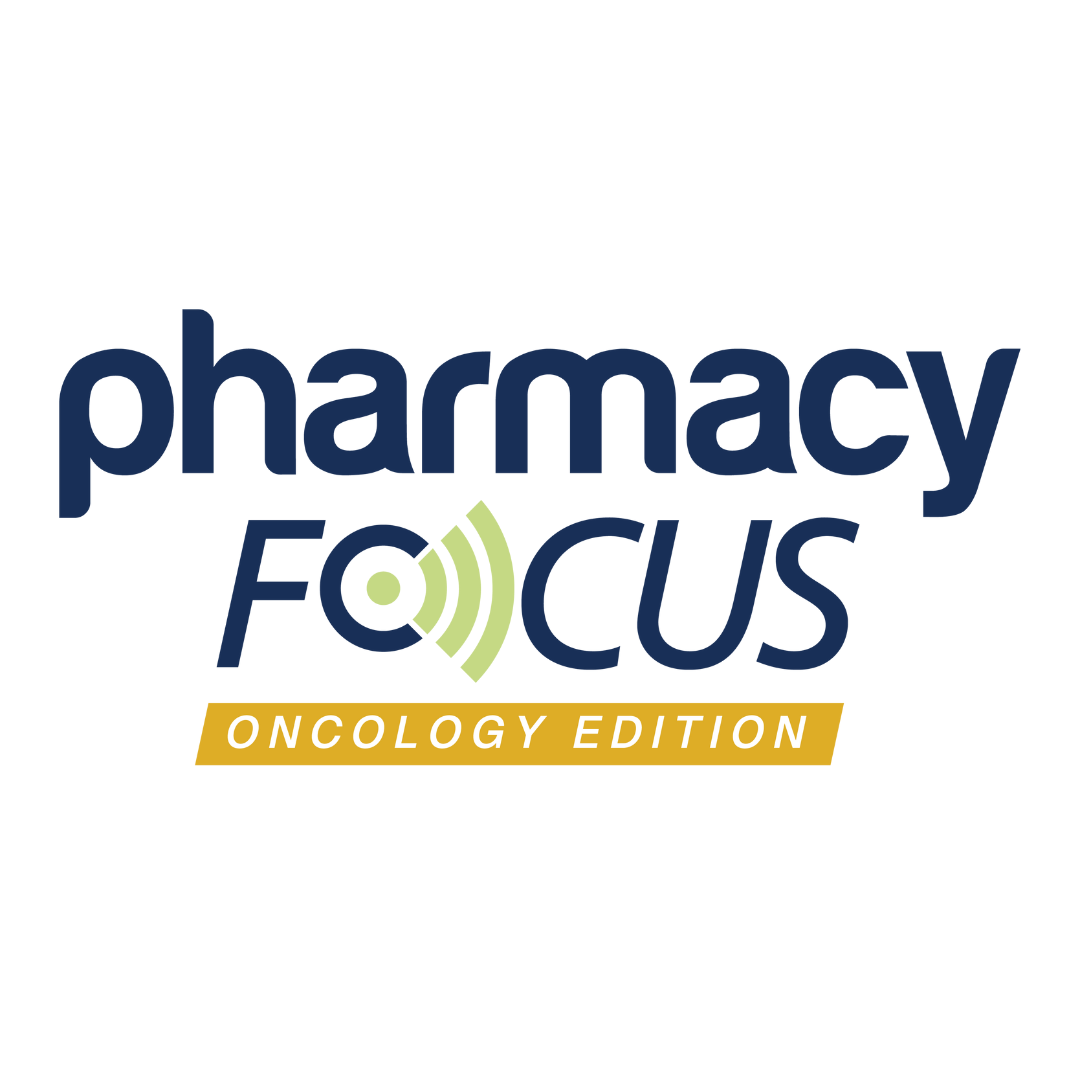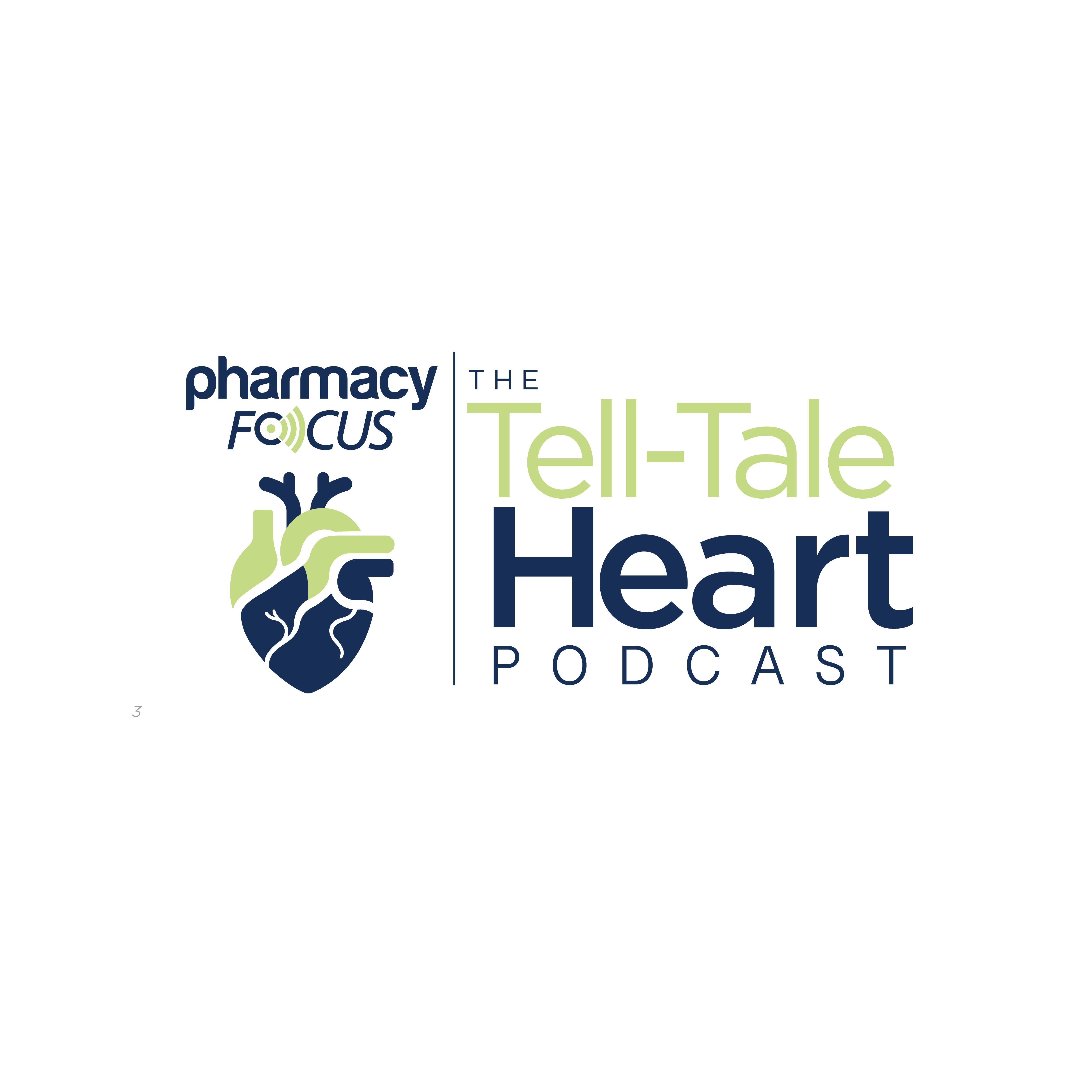News
Article
FDA Approves Prademagene Zamikeracel, First and Only Cell-Based Gene Therapy for Recessive Dystrophic Epidermolysis Bullosa
Author(s):
Key Takeaways
- Prademagene zamikeracel is the first FDA-approved treatment for RDEB wounds, offering significant healing and pain reduction with a single application.
- RDEB is a severe form of epidermolysis bullosa, involving COL7A1 gene mutations, leading to fragile skin and extensive blistering.
FDA approves Zevaskyn, the first gene therapy for RDEB, offering hope for effective wound healing and pain relief in patients.
Prademagene zamikeracel (Zevaskyn; Abeona Therapeutics) has received FDA approval for the treatment of wounds in adult and pediatric patients with recessive dystrophic epidermolysis bullosa (RDEB), making it the first and only FDA-approved product to treat RDEB wounds with a single application.1
Image credit: Aquir | stock.adobe.com

EBis a heterogeneous group of inherited disorders caused by gene mutations. Dystrophic EB (DEB) is one subtype of EB in which epidermal-dermal separation is located just below the lamina densa. RDEB makes up less than 5% of EB cases but has been a major subject of research.2
Both dominant and recessive DEB involve a mutation in COL7A1, which encodes type VII collagen (C7), causing poor epidermal-dermal adherence. Although severity can vary, RDEB is typically among the most severe forms of EB.2 Patients with RDEB have extremely fragile skin with extensive blistering and severe wounds, often covering more than 30% of their body surface, and sometimes up to 80%. These wounds cause debilitating pain and systemic complications that affect the length and quality of life.1
Management of RDEB typically focuses on wound care and minimizing trauma. It is crucial that patients avoid adhesive and compressive dressings because these can induce blister formation. Patients also typically have multiple comorbidities, including dental caries, esophageal strictures, mitten deformities, nutritional deficiencies, and psychosocial morbidity, necessitating multidisciplinary management. Regular skin cancer screenings are also necessary.2
“Today’s approval of Zevaskyn represents a pivotal moment in the treatment of RDEB, answering the call of people living with the clinical, economic, and human impact of this devastating disease,” Vish Seshadri, PhD, MBA, Abeona Therapeutics CEO, said in a news release. “We have heard from the RDEB community that there is a persistent unmet need to reliably address RDEB wounds, especially those that are chronic and prone to infection. Through a single surgical application, Zevaskyn can now offer people with RDEB the opportunity for wound healing and pain reduction in even the most severe wounds, as evidenced by the results from our pivotal phase 3 study.”1
The approval of prademagene zamikeracel is based on the pivotal phase 3 VIITAL study (NCT04227106), which met its 2 coprimary efficacy end points, demonstrating statistically significant healing of 50% or more from baseline in large chronic RDEB wounds and pain reduction from baseline evaluated 6 months after treatment. In 43 large and chronic wounds treated with a single application of prademagene zamikeracel, 81% showed 50% or more healing when evaluated at 6 months, compared with 16% in 43 matched control wounds treated with standard of care. The most common adverse events were observed in fewer than 5% of patients and included procedural pain and itch.1
“Zevaskyn was well-tolerated and efficacious in clinical studies, providing clinically meaningful improvements in wound healing, pain reduction, and other associated symptoms in large chronic RDEB wounds after a single application,” Jean Tang, MD, PhD, lead investigator of the VIITAL study, said in a news release. “In the completed phase 1/2a study of Zevaskyn, we have observed wound healing and pain reduction that have lasted for years after a single application.”1
The phase 1/2a study (NCT01263379) was a single-center, open-label study investigating 38 chronic wounds across 7 patients. These findings demonstrated that a single surgical application of prademagene zamikeracel was associated with long-term improvement at the treated sites over a median follow-up of approximately 6.9 years (range, 4-8).1 Across both clinical studies, prademagene zamikeracel was well-tolerated, with no treatment-related serious adverse events observed to date.1
“The FDA approval of Zevaskyn marks a monumental step forward for individuals living with RDEB and their families, offering a much-needed, long-lasting treatment option for this devastating condition and providing hope for improved quality of life for these patients,” said Anna L. Bruckner, MD, codirector of the EB Clinic at Children’s Hospital of Colorado, in the news release.1
Prademagene zamikeracel consists of a patient’s own keratinocytes that have been genetically modified to produce functional type VII collagen. The sheets of prademagene zamikeracel are surgically applied to the patient’s wounded areas, with up to 12 credit card–sized sheets joined together to cover large areas or applied separately to multiple distinct wounds. This approach allows for significant coverage of affected body areas, according to the news release.1
The treatment is expected to be available in the third quarter of 2025 through Zevaskyn-qualified treatment centers.1
“I’m thrilled to celebrate a groundbreaking advancement in therapeutic development for recessive dystrophic EB, a condition that has long needed an innovative solution,” said Joyce Teng, MD, a professor of dermatology, in the news release. “Zevaskyn offers additional hope for patients and families affected by this painful and devastating skin disorder.”1
REFERENCES
1. US FDA approves Zevaskyn (prademagene zamikeracel), the first and only cell-based gene therapy for patients with recessive dystrophic epidermolysis bullosa (RDEB). News release. Abeona Therapeutics. April 29, 2025. Accessed April 29, 2025. https://www.globenewswire.com/news-release/2025/04/29/3069976/0/en/U-S-FDA-Approves-ZEVASKYN-prademagene-zamikeracel-the-First-and-Only-Cell-Based-Gene-Therapy-for-Patients-with-Recessive-Dystrophic-Epidermolysis-Bullosa-RDEB.html
2. Soro L, Bartus C, Purcell S. Recessive dystrophic epidermolysis bullosa. J Clin Aesthet Dermatol. 2015;8(5):41-46.
Newsletter
Stay informed on drug updates, treatment guidelines, and pharmacy practice trends—subscribe to Pharmacy Times for weekly clinical insights.






